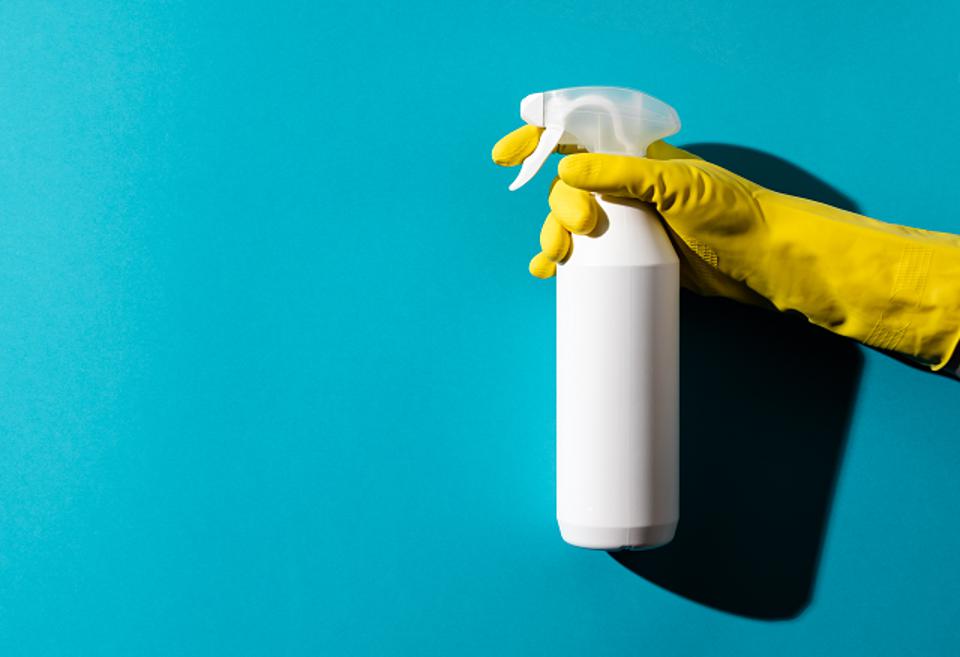Microorganisms are all around us and even inside of us. Many are dangerous – leading to diseases and even death. How has humankind fought against these biological creatures over the millennia? And how do we deal with them today?
From mythology to microorganisms
Many ancient peoples thought that diseases were inflicted by the Gods, as punishment for their transgressions. However, other cultures used various substances like tar or followed practices that they thought were less conducive to disease, without really knowing why.
In the 4th century BC, Hippocrates of Cos distinguished medicine from the tangle of “natural philosophy”, and kickstarted the journey from superstition to scientific sterilisation.
Yet it wasn’t until the renaissance period that humankind won its first major battles in the war against diseases. In 1680, Denis Papin invented the “digester” – a cooker that used pressure to generate superheated steam.
A few years later, Antoj van Leeuwenhoek discovered the existence of microorganisms, laying the foundation for the future of sterilisation by finding a proper target for it.
The modern period: Sterilisation heats up
Fast forward almost 180 years and people began to wizen up to the importance of handwashing, in large part thanks to the work of Ignaz Semmelweis. It was also around this time that Louis Pasteur developed his “Germ Theory of Disease” and developed pasteurisation, a heat-based sterilisation process still used to this day.
Just over a decade later, Pasteur’s student Chamberland used Papin’s work to turn pressure-heat cookers into an anti-bacteria weapon by producing a prototype of the modern autoclave. In the same year, Tyndall found that intermittent heating kills heat-resistant bacteria – originating the method of fractional sterilisation.
In the following years, researchers further developed the processes of steam sterilisation, introduced disinfecting chemicals and began to wear rubber gloves. Manufacturers started to design surgical equipment to better suit new sterilisation techniques.
Many more advances were made from these strong foundations, bringing us to the sterilisation techniques that keep us healthy today. What are they?
How do we sterilise medical equipment today?
There are a number of methods used to sterilise equipment in 21st-century laboratories.
Steam sterilisation: Typically the cheapest, cleanest sterilisation method, used to clean many common medical devices. Autoclaves apply intense pressure and heat, destroying all microorganisms present on an object.
Ultrasonic sterilisation: Ultrasonic cleaners emit high-frequency sound waves that scrub surfaces. Technicians immerse medical equipment in a special solution, which forms imploding bubbles that dislodge and neutralise contaminants.
Chemical sterilisation: Agents such as ethylene oxide, hydrogen peroxide and bleach kill a broad range of pathogens. Lab technicians submerge equipment into chemical solutions for specified periods of time until the pathogens die.
Which historical sterilisation breakthrough do you think was most important? Tell us why in the comments section.

